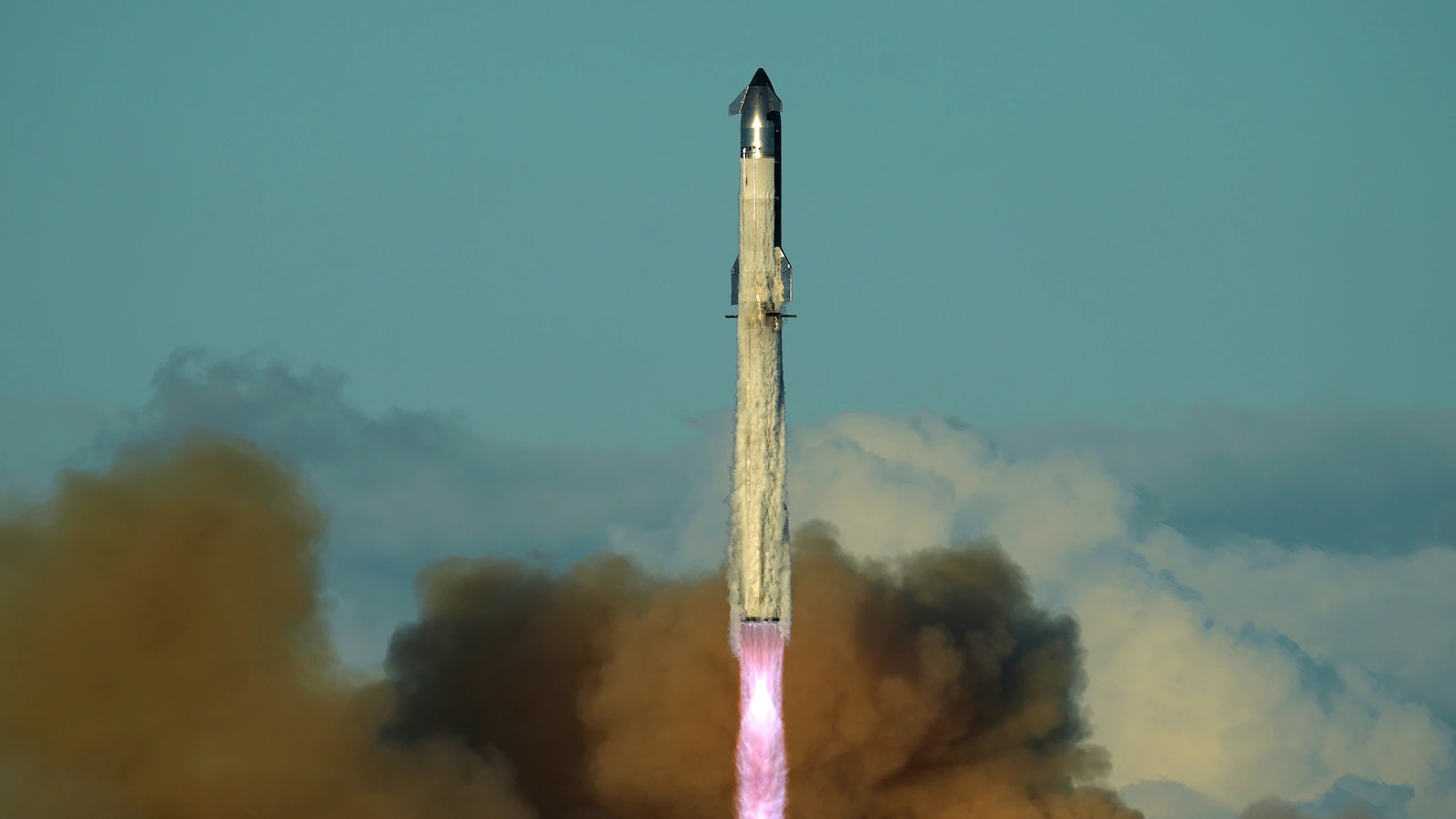Copyright go

Less than two weeks after acting NASA Administrator and Secretary of Transportation Sean Duffy publicly announced that he plans to "open up the contract" for getting American astronauts back to the surface of the Moon, SpaceX is making a case for why they should lead the way. In a blog post released on Thursday, titled "To the Moon and Beyond," SpaceX writes that "Humanity is at an inflection point. For the first time in our existence, we possess the means, technology, and, for the moment, the will to establish a permanent human presence beyond Earth.” Unlike the Apollo program, which focused on planting a flag on the Moon, SpaceX writes that the next-generation Artemis Moon missions -- the Artemis III and IV contracts -- are about laying the foundation for building a permanent settlement. The company said that it is "moving at a historically rapid pace" and that Starship "provides unmatched capability to explore the Moon.” The blog post outlines the progress the aerospace giant has made with the Starship program, explaining why its spacecraft is the best-suited for the upcoming lunar missions. It also highlights some of the key milestones the company hopes to meet in 2026, including orbital missions and in-orbit refueling from one Starship to another. "Starship continues to simultaneously be the fastest path to returning humans to the surface of the Moon and a core enabler of the Artemis program's goal to establish a permanent, sustainable presence on the lunar surface," the company writes. SpaceX said that they're covering 90% of the cost for the development of Starship and its support infrastructure. "NASA selected Starship in 2021 to serve as the lander for the Artemis III mission and return humans to the Moon for the first time since Apollo. That selection was made through fair and open competition, which determined that SpaceX's bid utilizing Starship had the highest technical and management ratings while being the lowest cost by a wide margin," SpaceX said. NASA also selected SpaceX to provide the lunar lander for Artemis IV, which the company says, "has completed 49 milestones tied to developing the subsystems, infrastructure, and operations needed to land astronauts on the Moon." The company said most of these milestones "have been achieved on time or ahead of schedule."



